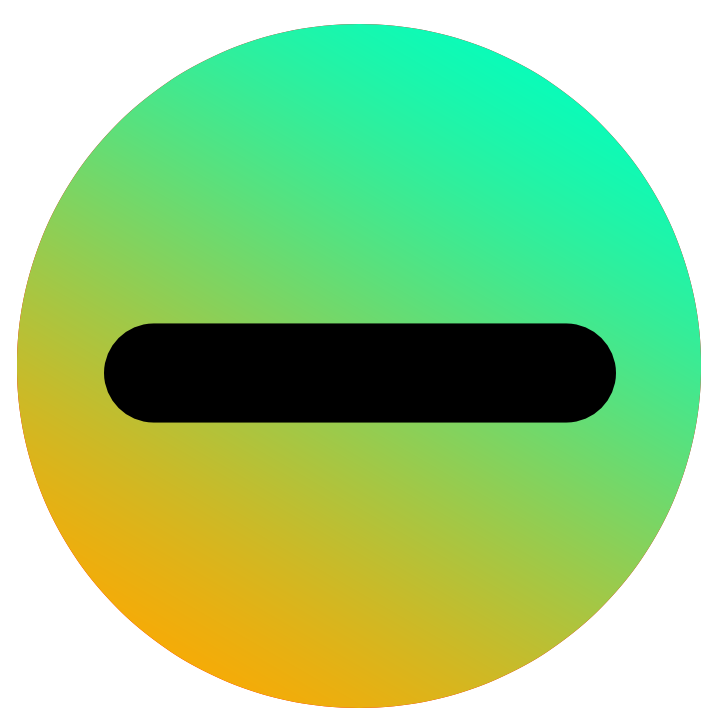Sign up for a demo
By clicking the button, you agree to the processing of your personal data
Sign up for a demo
Sign up for a demo
By clicking the button, you agree to the processing of your personal data
Synchronous, asynchronous or automated proctoring: which to choose?
In this article, we will describe the criteria, which may be used to choose a method of ensuring academic integrity, and the solutions the customers prefer to choose.
1. Synchronous proctoring
Synchronous proctoring is usually used in written exams. Professionally-trained live proctors supported by AI-based behavior analysis watch the users in real time. The human proctors check the students’ identity, monitor compliance with all procedures and are eligible to leave written comments on examinees’ test session activities in a special chat. Before admitting to the exam, the proctor must check the student to ensure that he or she does not have any prohibited materials or devices. As practice shows, this weeds out most of the cheaters at the beginning and immediately makes it clear to the students that the proctors are serious.
The proctor can interrupt the exam by marking it as “unreliable” if the situations indicated in his instructions arise. For example, the student cheats and does not react to the proctor’s comments in the chat. One invigilator is designated to monitor 9 students taking an exam at the same time.
The proctor can interrupt the exam by marking it as “unreliable” if the situations indicated in his instructions arise. For example, the student cheats and does not react to the proctor’s comments in the chat. One invigilator is designated to monitor 9 students taking an exam at the same time.
Pluses

High accuracy – by supplement live proctoring with Artificial Intelligence, hidden violations can be detected in real time. This ensures transparency of the tests takers and validity of results.
Minuses

High costs. In addition to the staff of proctors, assistance from support staff is required to ensure uninterrupted testing. If the exams are taken by hundreds or even thousands of students, this format is rather labor-consuming.
When used

Universities use synchronous proctoring for important final exams (for example, State Final Certification or State Examinations). For corporate clients, as a rule, this method is used to test persons applying for senior positions.
2. Asynchronous proctoring with subsequent verification
Personal identification and the entire exam process is software controlled. The Artificial Intelligence automatically tracks some of the prohibited activities:
1. Absence of the student in the video frame;
2. Second person in the frame;
3. Conversation during the exam;
4. Use of earphones or telephones;
5. Connection of the second monitor.
The AI-proctor can mark the video of the exam as unreliable, but the exam is not interrupted. Two video streams are recorded: from the student’s webcam and student’s computer desktop. The recordings are subsequently checked by a professional proctor who either confirms that the student has violated the exam procedure or recognizes the exam as passed honestly and without prompts.
1. Absence of the student in the video frame;
2. Second person in the frame;
3. Conversation during the exam;
4. Use of earphones or telephones;
5. Connection of the second monitor.
The AI-proctor can mark the video of the exam as unreliable, but the exam is not interrupted. Two video streams are recorded: from the student’s webcam and student’s computer desktop. The recordings are subsequently checked by a professional proctor who either confirms that the student has violated the exam procedure or recognizes the exam as passed honestly and without prompts.
Pluses

This method is less expensive compared with synchronous proctoring. It does not require scheduling and allocation of invigilators and allows a random instead of complete check of video recordings. In addition, the number of personnel required to verify the users is reduced.
Minuses

Since the video recordings are spot checked, this type of proctoring gives slightly less representative results. However, this risk can be minimized by watching videos of all test takers.
When used

Asynchronous is the most popular type of proctoring, which is chosen by more than 90% of the customers. This method is well suited for mass and regular examinations. The Examus customers often praise it for the balance between cost and efficiency.
3. Automated proctoring
AI-enabled automated proctoring is similar to asynchronous, but the difference is that it helps conduct online examinations without human intervention. The results are provided to the customer in the form of a report downloaded from the system. It contains the name of the test taker, their login in the system, the exam date and time, the name of the exam, the test status (“yes” for no violations; “no” for violations) and the type of violations, if any. Based on the report, the customer decides whether to credit the test result to the employee. In case of controversy or appeals, Examus offers an option to review the recorded test taker video by a live proctor.
Pluses

It is the least expensive type of proctoring – it hardly requires the involvement of human resources, with the exception of technical support staff.
Minuses

Cooperation between the Artificial Intelligence and a human-proctor works much better, since it ensures detection of all types of violations. Without human control, the Artificial Intelligence is only able to see a part of the prohibited actions and may misinterpret some episodes.
When used

Most often, automated proctoring is used to conduct Olympiads. At the same time, to avoid mistakes when choosing the winner, the videos with the best results are re-viewed by live proctors to detect possible violations.
Thus, each customer can choose its own type of proctoring, depending on the tasks, budget and importance of a particular exam.
Examus team

August 28, 2021.
Interviews and articles
Examus faces new cheating tricks every academic semester. Let's discuss the newest technologies that we...
In this article, we will describe the crucial factors that hamper students from successful exam taking
The coronavirus has changed the attitude of many employees to remote work.




















